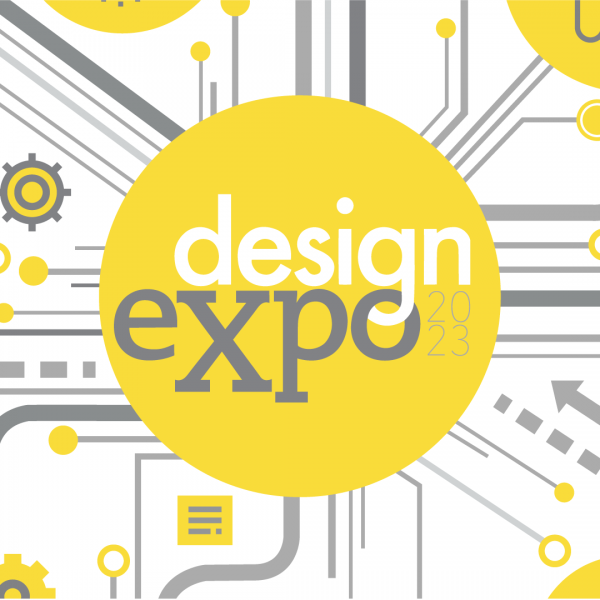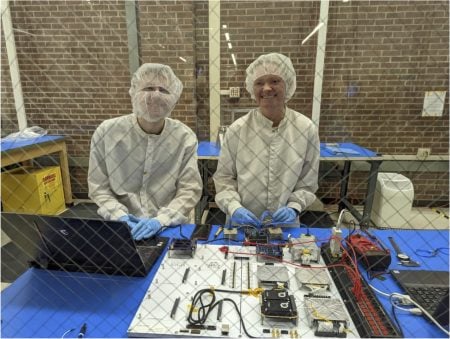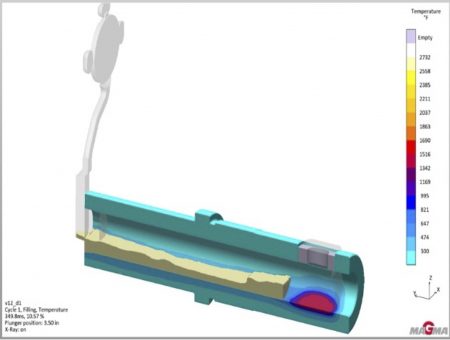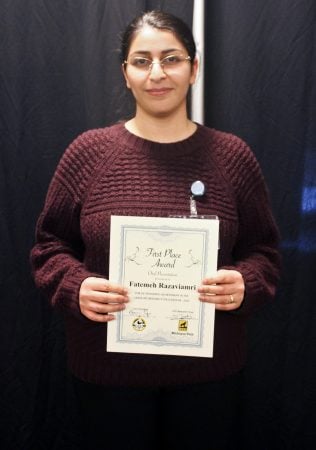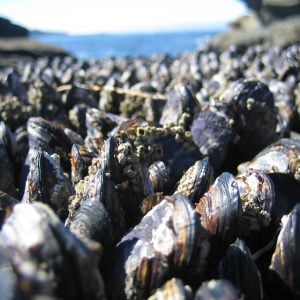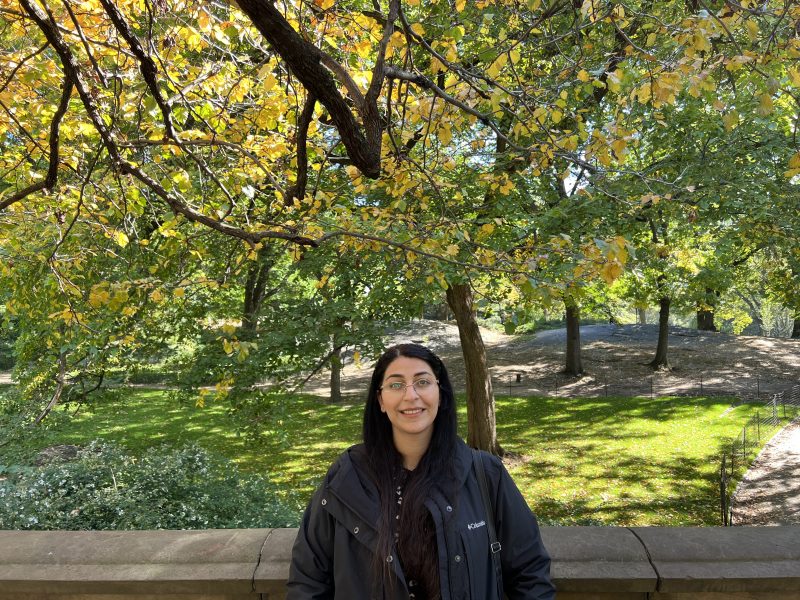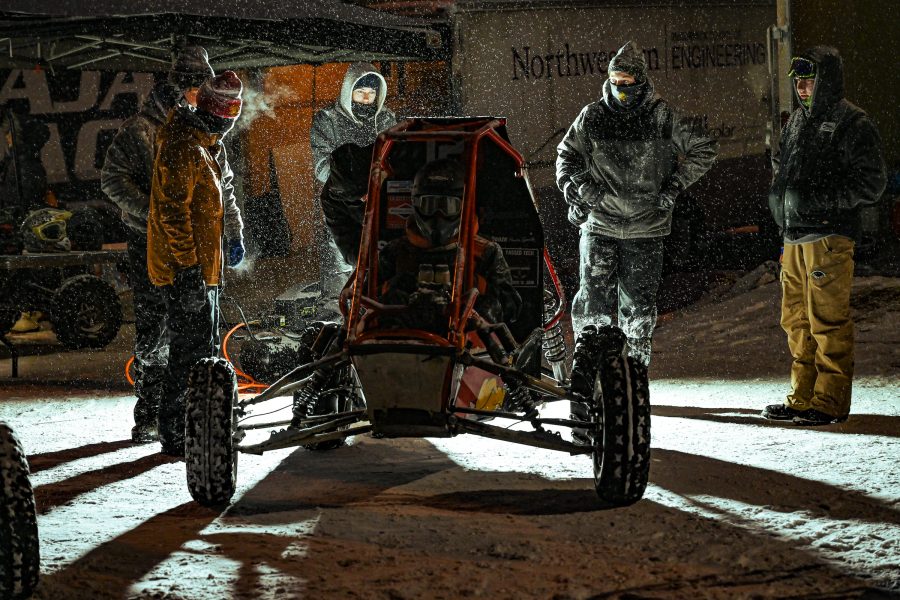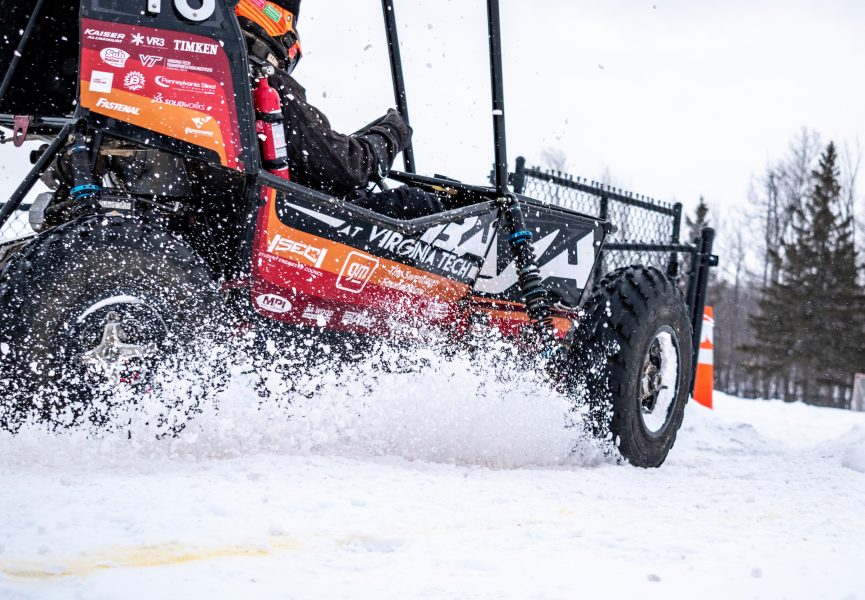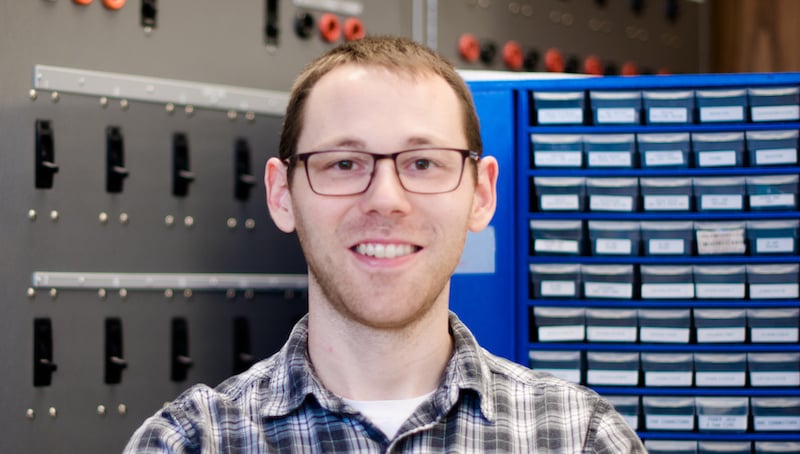
Congratulations to Michigan Tech alumni Dr. Markus J. Buehler ’01 and Dr. Kevin Tomsovic ’82. Both have been elected to the National Academy of Engineering, among the highest international professional distinctions accorded to an engineer.

Dr. Buehler is honored for implementing the use of nanomechanics to model and design fracture-resistant bioinspired materials. He is the Jerry McAfee (1940) Professor in Engineering, in the Department of Civil and Environmental Engineering at Massachusetts Institute of Technology, Cambridge.
Dr. Tomsovic is honored for contributions to power system computational methods and power engineering education. He is Chancellor’s Professor in the Min H. Kao Department of Electrical Engineering and Computer Science at the University of Tennessee, Knoxville.
Dr. Buehler earned his BS equiv. in Process and Chemical Engineering at the University of Stuttgart, his MS in Engineering Mechanics at Michigan Tech, and his PhD in Materials Science (Chemistry) at Max Planck Institute of Metals Research at the University of Stuttgart. He was a postdoctoral scholar in the Division of Chemistry and Chemical Engineering, California Institute of Technology. His research interests include the materials science and mechanics of natural and biological protein materials in the field of materiomics—the holistic study of material systems—and one which he has pioneered. One focus is how protein materials define our body and how they fail catastrophically through fracture, deformation, and disease. His activities in LAMM, his research Laboratory for Atomistic and Molecular Mechanics, include developing a new paradigm that designs materials from the molecular scale, with multi-scale modeling, additive manufacturing, 3D printing, and experimental synthesis.

Dr. Tomsovic earned his BS in Electrical Engineering at Michigan Tech and his MS and PhD in Electrical Engineering at the University of Washington. He also served as the Kyushu Electric Endowed Chair for Advanced Technology for Electrical Energy with Kumamoto University in Japan and was the National Science Foundation program director with the Electrical and Communications Systems Division of the Engineering Directorate. He has held faculty positions at National Cheng Kung University in Taiwan and the Royal Institute of Technology in Sweden. His research interests include intelligent systems and optimization methodologies that can be applied to various power system problems—developing technology for the operation and planning of the modern power grid that can achieve low cost, reliable power with reduced environmental impact. At UT he directs the Center for Ultra-wide-area Resilient Electric Energy Transmission Networks (CURENT), a graduated National Science Foundation and Department of Energy Engineering Research Center.
About NAE
Founded in 1964, the National Academy of Engineering is a private, independent, nonprofit institution that provides engineering leadership in service to the nation. Its mission is to advance the welfare and prosperity of the nation by providing independent advice on matters involving engineering and technology, and by promoting a vibrant engineering profession and public appreciation of engineering.
New members of the NAE will be formally inducted in October 2023 at the NAE’s annual meeting.

